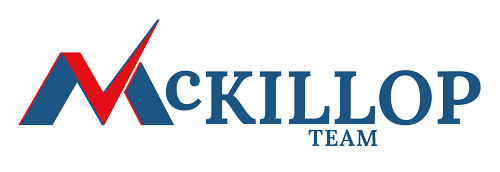Since the beginning of 2022, the Bank of Canada (BoC) has been on a crusade to vanquish inflation in the Canadian economy by engaging in a quantitative tightening (QT) campaign. This is a blend of raising interest rates and trimming its balance sheet, which is filled with government and corporate bonds and mortgage-backed securities.
Fast forward to the present, the central bank has raised interest rates to their highest levels since before the global financial crisis, lifting the overnight policy rate by 500 basis points to around five per cent.
At the same time, these efforts have resulted in higher Canadian government bond yields and mortgage rates. For three consecutive months, the conventional five-year fixed-rate mortgage has been around six percent, nearly double where it was during the 2020-2021 housing boom.
Approximately 2.2M mortgage holders will endure “interest rate shock.”
According to a recent report by the Canada Mortgage and Housing Corporation (CMHC), an estimated 2.2 million mortgage holders will endure an “interest rate shock” when they renew their mortgages in a substantially higher rate environment. The CMHC projects that this represents nearly half (45 per cent) of all outstanding mortgages, accounting for more than $675 billion.
In the first half of 2023, nearly 300,000 fixed-rate mortgage borrowers were delivered this shock.
“It’s going to depend on the interest rate you had then and what you’re locking in right now. But approximately, we could expect between a 30 to 40 percent increase on the mortgage payments, and that was for the mortgages that were renewed earlier this year,” said CMHC researcher Tania Bourassa Ochoa, in the report.
“It is actually the tip of the iceberg. And when you think about it, actually, one out of three Canadians have a variable mortgage rate. So, they’ve already been experiencing, to a certain extent, these higher interest rates. But looking just around the corner, that’s when the most significant interest rate shocks are going to be felt.”
So, how can you limit the financial pain when you are seeking to refinance your mortgage amid a rising-rate climate? Let’s explore six options available at your disposal.
Breaking Up with Your Mortgage
Financial experts assert that breaking your mortgage to refinance is potentially one of the worst options, especially if there is plenty of time on your first ultra-low rate. It could possibly add tens of thousands of dollars to your mortgage costs, from additional interest to extra penalties.
Add to Your Current Mortgage
Many lenders will allow borrowers to add new mortgage components to current mortgages. This is typically seen in re-advanceable mortgages. Industry experts purport that one of the advantages of this method is homebuyers can borrow additional funds without having to touch the existing low first mortgage rate.
Your Mortgage: A Sequel
Second mortgages have become popular options for older homeowners who are struggling to make ends meet or wish to fund a grandchild’s post-secondary education. Another reason why they are pretty common is that it is easy to get approved. The drawback? Even borrowers who enjoy terrific credit can pay ten percent or more in interest. In addition, the amortization period for institutional second mortgages can be as long as 40 years for lower payments.
Prime HELOC
A home equity line of credit, or HELOC, is the most ubiquitous strategy to tap into your residential property’s appreciation. In today’s mortgage market, the prime rate is between seven and ten percent and can total up to 80 per cent of your home’s value.
Non-Prime HELOC
For those who do not qualify for a HELOC from a prime lender, mortgage holders can utilize other lenders for non-prime HELOCs. However, borrowers will contend with higher interest rates and fees on their credit lines. That said, financial experts note that these lenders are more flexible on debt servicing.
Blend and Increase
You might be unaware of this option, but a blend-and-increase tool consists of bolstering the existing mortgage, and the lender will average the old mortgage rate on the previous borrowing with a new interest rate on the new borrowing. This will not be applicable to default-insured mortgages.
Financial Pressures of Higher Mortgage Rates
The CMHC says that the number of people who are currently behind on their mortgage rates is meagre. At the same time, homeowners are falling behind in other areas and facing other household debts, such as credit cards, automobile loans, and other lines of credit. Once the pandemic-era mortgages are up for renewal, many households will face greater monthly costs.
Is refinancing the way to achieving a modicum of savings? Time will tell.

